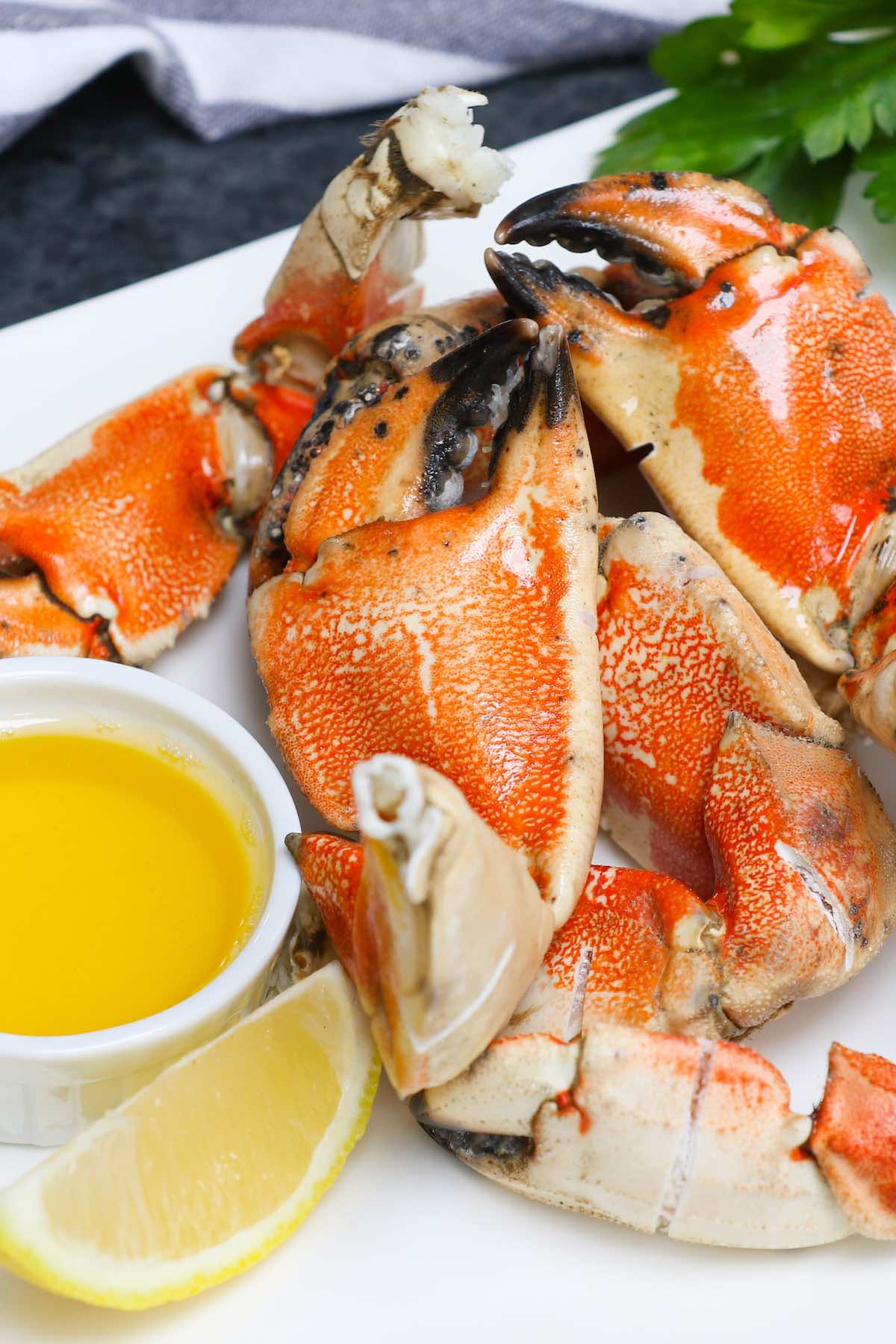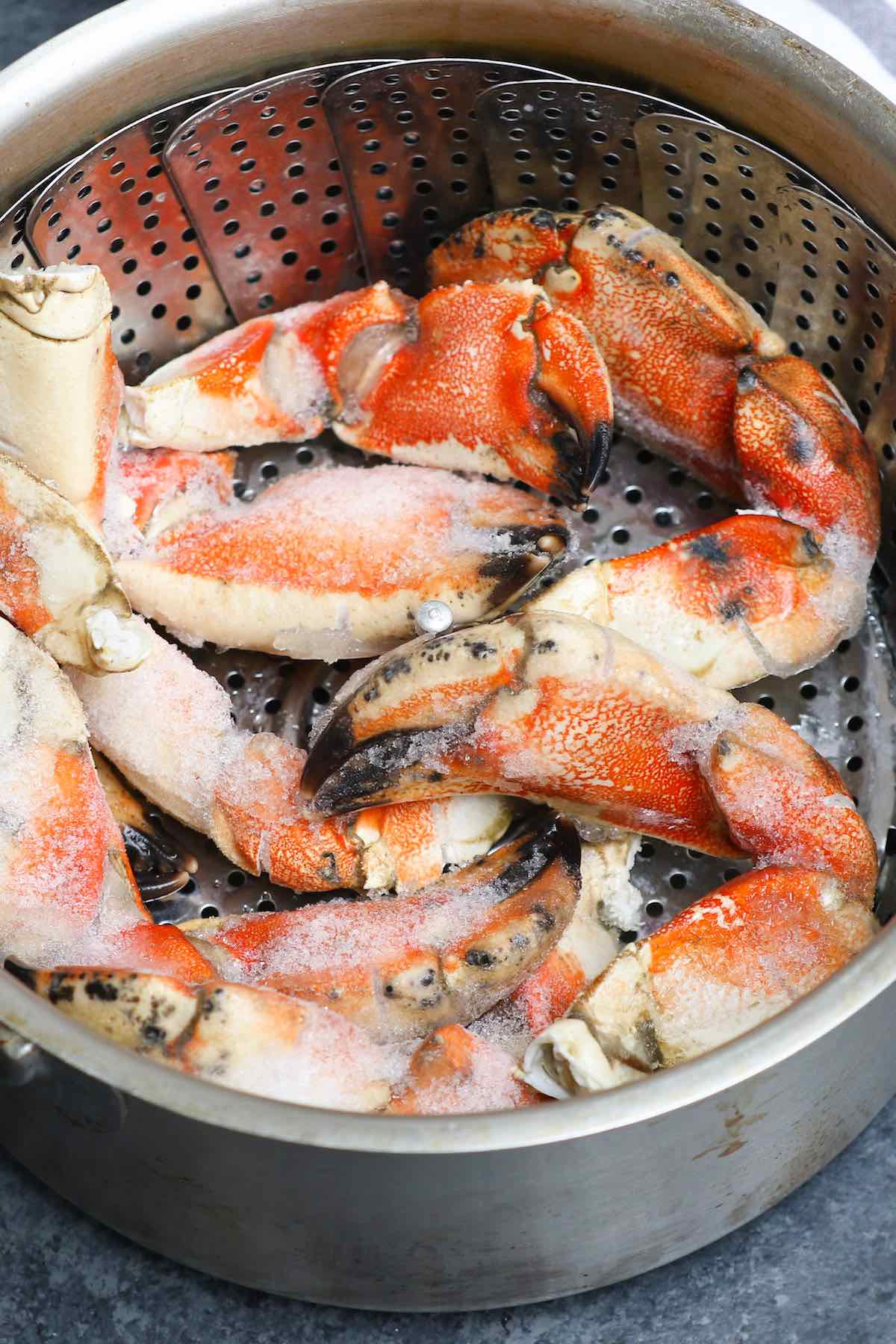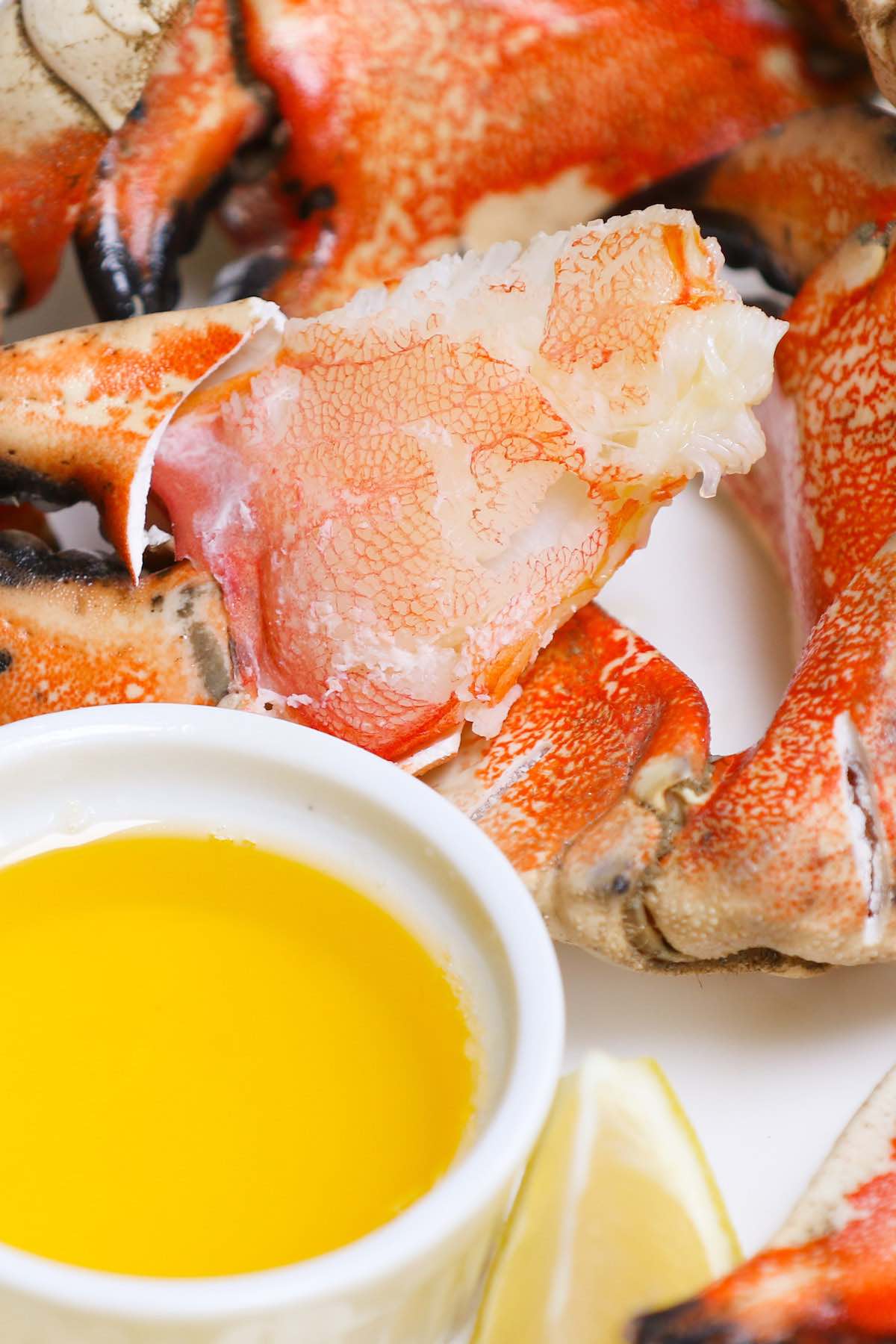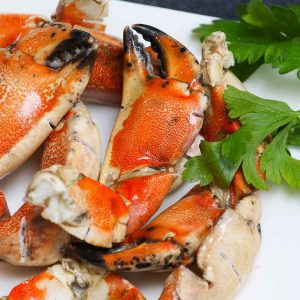As a seafood lover, I get so excited when crab season rolls around. There’s nothing quite like cracking open a perfectly cooked crab claw and savoring the sweet, succulent meat inside. However, boiling crab claws can be tricky – it’s easy to over or undercook them if you don’t know what you’re doing.
Through trial and error in my own kitchen, I’ve learned how to boil crab claws to tender, delicious perfection every time. In this article, I’ll share everything I know so you can master crab claw preparation and enjoy these tasty crustaceans to their full potential.
Key Tips for Boiling Crab Claws
Here are some top tips to keep in mind:
-
Start with fresh, frozen, or pre-cooked claws. Match cook times accordingly.
-
Use a large pot and steamer insert if available. This allows even cooking.
-
Season the boiling water Old Bay and crab boil spices add great flavor
-
Bring water to a rolling boil before adding claws. This ensures they cook quickly.
-
Time from when claws are added to the pot Don’t start timing too early
-
Test doneness after 6-8 minutes Check meat color and texture
-
Drain immediately after finishing cooking. You don’t want to overcook them.
Now let’s explore ideal cook times in more detail.
Recommended Boil Times
The optimum boil times for crab claws generally falls between 6-8 minutes once the pot returns to a boil. Here are more specifics:
- Small claws: Boil for 6 minutes
- Medium claws: Boil for 7 minutes
- Large claws: Boil for 8 minutes max
These durations allow the heat to fully penetrate the shell and cook the meat without going overboard. When unsure, it’s better to undercook slightly rather than overdo it. You can always boil a bit longer if needed.
Checking for Doneness
After boiling crab claws the recommended time, confirm they are cooked through by:
-
Looking for opaque white meat
-
Checking the meat is firm, not translucent
-
Ensuring shells are bright red
-
Cracking one open to inspect the interior
The claw meat should be pearly white throughout with a solid texture when fully cooked. Remove from heat ASAP once it reaches this ideal state.
Crab Claw Type Considerations
Ideal boil times can vary a bit depending on the claw type:
-
Stone crab claws – Thick shells require longer, so boil 6-9 minutes
-
Snow crab claws – Thinner shells mean faster cooking of 4-6 minutes
-
King crab claws – Their larger size needs 8-10 minutes
-
Dungeness crab claws – Medium claws need 6-8 minutes
Gauge times based on shell thickness and claw size. Thicker, bigger claws will need those extra moments.
Serving Your Cooked Crab Claws
Once you’ve mastered boil times, here are some delicious ways to serve your crab claws:
-
Crack open and dip the meat in melted butter
-
Enjoy with classic cocktail sauce for dipping
-
Make crab tacos or lettuce wraps
-
Mix into pasta, rice dishes or crab cakes
-
Top fresh salads or stuff into avocados
-
Serve warm with drawn butter as an appetizer
Proper cooking really allows the natural sweetness of the crab to shine through any preparation.
Frequently Asked Questions
If you’re new to cooking crab claws, here are some common questions answered:
Should I clean the claws before boiling?
Yes, rinse under cold water and gently scrub if needed.
Can I boil different seafood together?
You can, but cook times vary. Watch ingredients closely.
Do I need a steamer insert?
It helps ensure even cooking, but a pot alone will also work.
Can I use seasonings in the water?
Yes! Old Bay, garlic, lemon, crab boils, etc. add flavor.
Is it done when the shell turns red?
Red shells mean it’s close, but check the meat too.
Can I steam instead of boiling?
Absolutely! Steaming is an excellent alternative.
Enjoy the Fruits of Your Labor
Now that you know precisely how long to boil crab claws for the best results, it’s time to get cooking! Follow these tips and soon you’ll be cracking open claws like a pro. Grab some fresh crab claws from the market and treat yourself to these succulent ocean treats. Your patience and effort will be rewarded with tender, juicy, crazy-delicious crab claw meat.

Types of Crab Claws
This is what you’ll see most often in the U.S.:
- Stone Crab Claws: A delicacy harvested October through May in Florida and year-round on the west coast, where they’re called rock crabs. The flesh is tender and succulent with lots of flavor! Each crab is released back into the water to regrow its claw naturally, so it’s a sustainable fishery.
- Jonah Crab Claws: A relative of Dungeness crab, these claws are slightly larger than stone crabs and harvested offshore in New England. The flesh is milder and flakier than stone crabs, so they’re slightly less expensive although still delicious.
Some fishmongers occasionally sell king crab claws and snow crab claws separately from the legs. This crab meat is exquisite but requires more time to thaw and reheat.

How to Cook Crab Claws
There are 6-8 claws per pound for medium-size claws. Therefore, you’ll want to budget ½ pound per person as an appetizer and one pound per person as a main course. Remember that a pound only yields about 1/3 pound of meat due to their thick shells.
Most crab claws are fully cooked and sold frozen. As a result, you’ll need to thaw them to serve chilled and ideally before reheating too. Defrost them overnight in the fridge or, for a quicker option, under cold running water for 20-30 minutes.

To reheat the claws, simply boil or steam for 3-4 minutes. Resist the temptation to heat for longer, as the flesh is delicate and can easily overcook!
Another option is baking at 350°F for 10-12 minutes. However, it’s a slower process with the risk of uneven heating just like with the microwave.
Serving chilled: Placing the crab claws on a bed of crushed ice will help to keep them cool. Add some cocktail sauce for dipping and a garnish of fresh lemon wedges.
Serving warm: Put them out with melted butter or clarified butter and fresh lemon wedges for garnish.
To make them into a main course, add some classic side dishes such as boiled potatoes, steamed rice and corn on the cob.
However you serve them, it’s a good idea to have a seafood cracker set on hand to help get the meat out, as the shells are quite thick.


